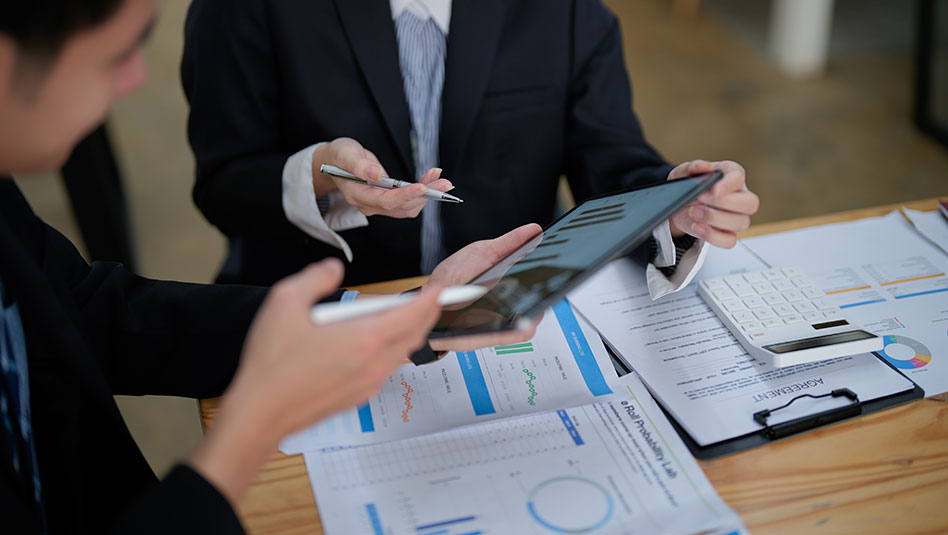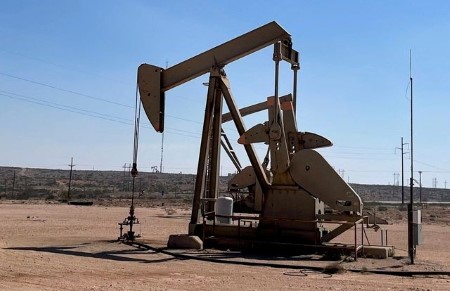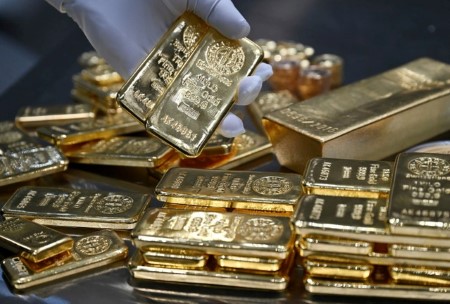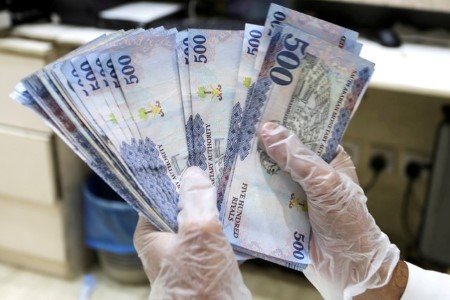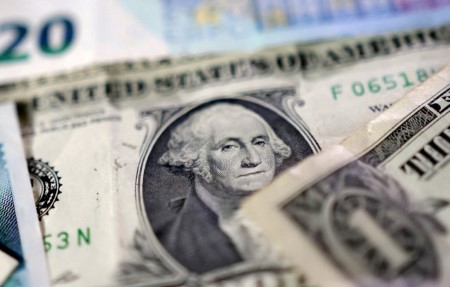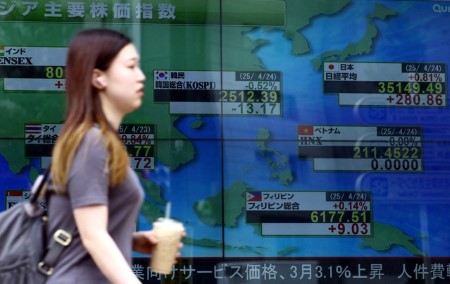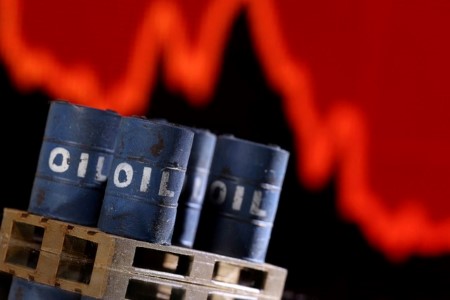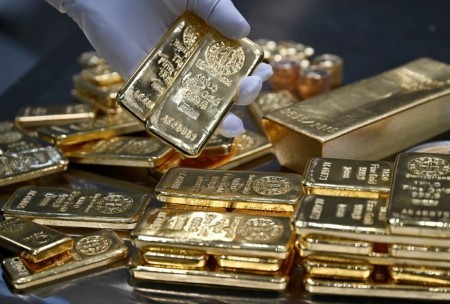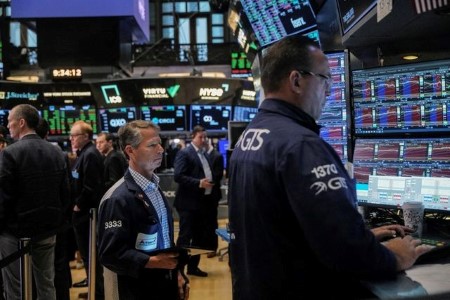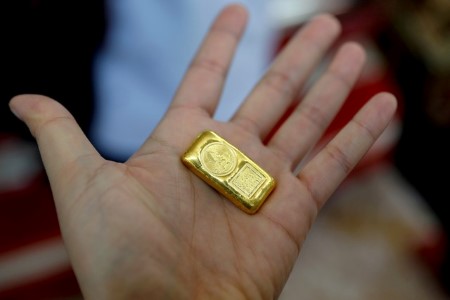Oil prices eased on Thursday, reversing gains from the previous session, on concerns over weak US demand after government data showed a surprise build in inventories in the world’s biggest crude consumer.
Brent crude futures fell 24 cents, or 0.35%, to USD 68.87 a barrel by 0044 GMT after gaining 3% on Wednesday. US West Texas Intermediate crude fell 24 cents, or 0.36%, to USD 67.21 a barrel after climbing 3.1% previously.
The US Energy Information Administration said on Wednesday domestic crude inventories rose by 3.8 million barrels to 419 million barrels last week. Analysts in a Reuters poll had expected a drawdown of 1.8 million barrels.
Gasoline demand dropped to 8.6 million barrels per day, prompting concerns about consumption in the peak US summer driving season.
Both benchmarks gained on Wednesday after Iran enacted a law suspending cooperation with the UN nuclear watchdog, raising concerns the lingering dispute over the Middle East producer’s nuclear program may once again devolve into armed conflict.
Additionally, the US and Vietnam reached a trade deal that sets 20% tariffs on many of the Southeast Asian country’s exports, giving investors a sense of greater economic stability on international trade which could flow into higher demand for oil.
The market will be watching the release of the key US monthly employment report on Thursday to shape expectations around the depth and timing of interest rate cuts by the Federal Reserve in the second half of this year, analysts said.
Lower interest rates could spur economic activity, which would in turn boost oil demand.
A private payrolls report on Wednesday showed a contraction for the first time in two year though analysts cautioned there is no correlation between it and the government data.
(Reporting by Nicole Jao; Editing by Christian Schmollinger)






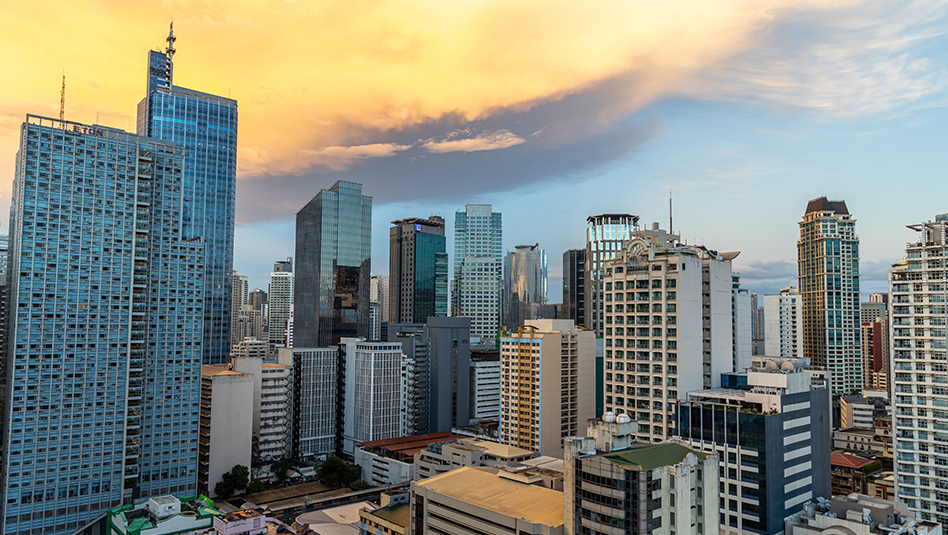
 DOWNLOAD
DOWNLOAD

